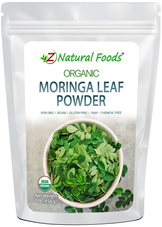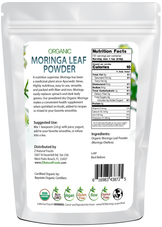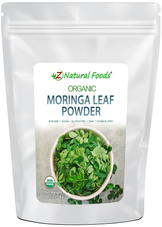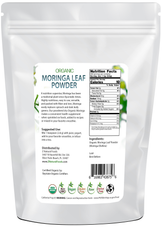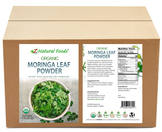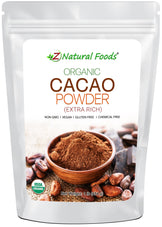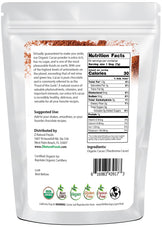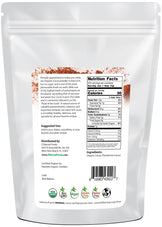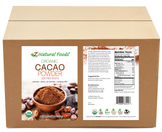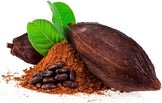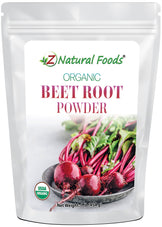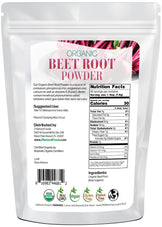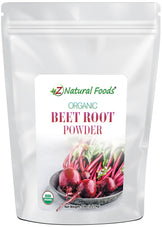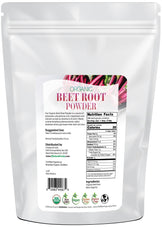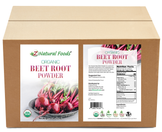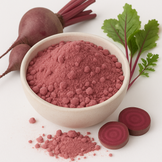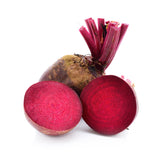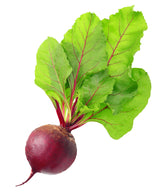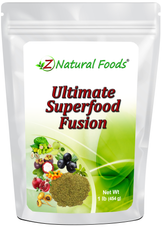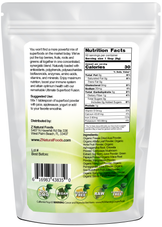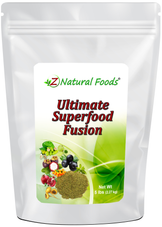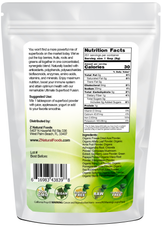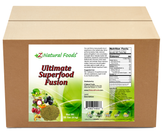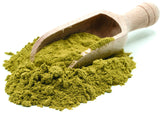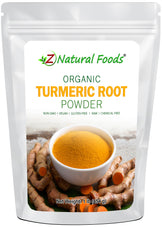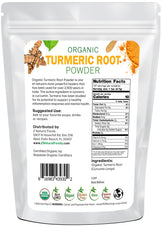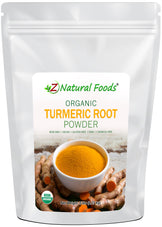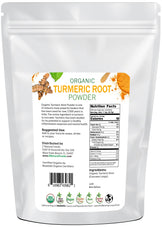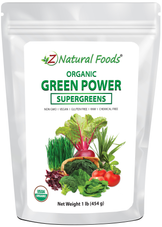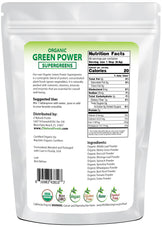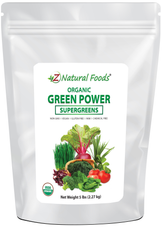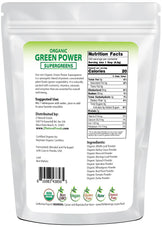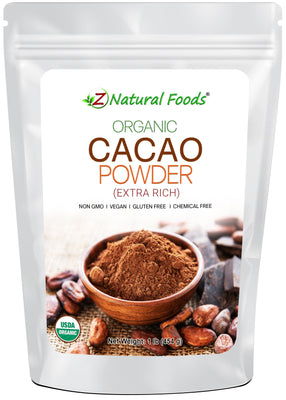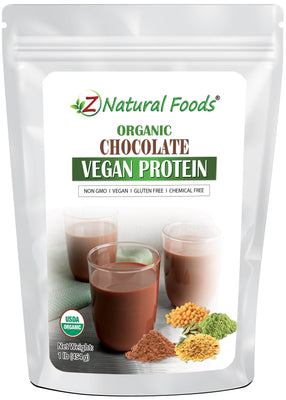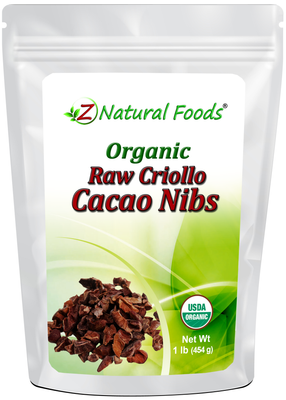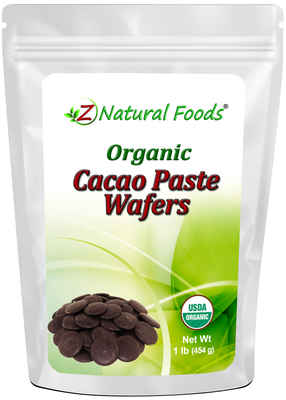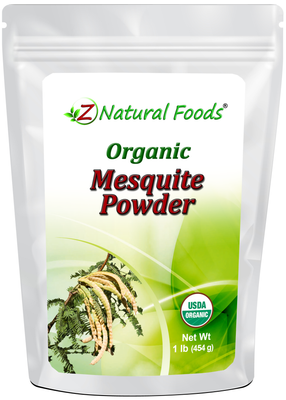Hi everyone, Mike Stuchiner, Master Herbalist here with Z Natural Foods, and today's video is titled "Chocolate Milk Powder versus Cacao Powder: What's the Difference?" Before we get started, two quick things to mention: First, if you'd like more information about me or you'd like to see more of my content, please go to my YouTube channel, "A Master Herbalist's Perspective." Number two, if you would like to see more of my writings and articles, please go to ZNaturalFoods.com.
Finally, our medical disclaimer: The information you're about to receive is for educational purposes only and is not intended to treat, prescribe, or diagnose any general or specific medical conditions. It is not intended to be a replacement for your primary healthcare provider's diagnosis, treatment plan, and medical information. With that said, let's get started.
I have a question for you: Have you ever had a fantastic, amazing, awesome experience of eating pure, unadulterated cacao and savoring the rich, creamy, deliciously smooth texture and, most importantly, that unique, complex, bitter flavor profile? If not, I feel pity for you because not only are you missing out on a spectacular treat, but you are more than likely making the same mistake that most people do, which is to refer to real cacao as cocoa or chocolate.
The terms cacao, cocoa, and chocolate are often interchangeably used, giving a terribly false impression that they are all the same. But would it surprise you to learn that only one food can be called cacao? And most of what you see on the market is just a sweeter, indulgent variation created from this authentic food. In the end, they're all just horrible imposters.
But to clearly define the difference between chocolate and cacao, it's vital to look at the multitude of products created from cacao. One product I will discuss towards the end of this video is chocolate milk powder. It's also vital to understand their individual nourishing qualities. So let's forget: pure cacao is probably one of nature's most wondrous creations and is seen as one of the most incredible finds. Cacao beans are the most pure, unadulterated form of what everybody knows as untreated organic cacao, which has been used for centuries as a wonderfully nourishing food and is exactly what Hippocrates had in mind when he stated, "Let food be thy medicine."
Rich in a multitude of nourishing polyphenolic compounds and incredibly nutritious minerals like calcium, magnesium, and potassium, depending on the quality of your cacao and which analysis you might be looking up on the internet, one tablespoon of cacao, approximately five grams or 5000 milligrams, yields 15 milligrams of calcium, more than 40 milligrams of magnesium, and 120 milligrams of potassium. Some ethnobotanists believe that cacao may be one of the most nutritious foods you can put in your body.
The experience of eating nourishing cacao can be attributed to the synergy of all of these unique minerals and compounds found within cacao. But I am only going to discuss three of them because I have a lot of material to cover in this video. The first is caffeine, aka America's great stimulant. Caffeine is the world's most widely used stimulating agent. It is well known that caffeine stimulates the central nervous system, and according to studies, it may also stimulate blood flow in the brain and increase the secretion of serotonin. An average daily dose of approximately 300 milligrams of caffeine has been shown to be a beneficial dose for most, but not all, adults. Approximately 50 grams of cacao contain 35 milligrams of caffeine. However, it's important to understand that this is not the same thing as taking 35 milligrams of a caffeine supplement or what you would find in an energy drink, which is a multitude of isolated synthetic compounds. This 35 milligram is mixed in with all of these incredibly nourishing polyphenolic compounds and highly powerful minerals like magnesium, calcium, and potassium, all of which help to balance the human body's biochemistry.
Next is theobromine, the powerful antioxidant known as caffeine's cousin, primarily found in caffeine-based foods like chocolate and tea. In a 150-gram serving of cacao, you might discover as much as 250 milligrams of theobromine. Researchers found that this fantastic compound offers remarkable antioxidant properties and could be considered a safe and natural alternative in supporting a wide range of health ailments. It is one of the lead compounds being studied for possibly developing novel future therapies for a wide range of ailments.
The third and final compound I'm going to discuss is PEA, the feel-good chemical. PEA is the actual love compound found in cacao. While PEA is in cacao in only small amounts, it carries a fairly significant effect via nervous system stimulation. PEA may trigger the release of endorphins and potentiate the activity of dopamine associated with sexual arousal and pleasure. So, in other words, that restless feeling you feel when you're in love is primarily due to PEA.
But let's not forget that cacao is backed by many human studies. Two areas where that is the case are supporting and nourishing a healthy heart and brain. Studies conducted by researchers at the University of Wrangham showed the positive effect of cacao on the pressure of blood flow to the brain, stating that significant increases in regional perfusion across the brain were observed following the consumption of high-flavanol cacao-based drinks relative to low-flavanol drinks, particularly in the anterior cingulate cortex of the brain. It was therefore concluded that these positive results from consuming cacao flavonoids have provided evidence for possibly supporting cognitive performance.
Cacao is not just about its compounds; it's also about the fact that it is made up of 50% high-quality, nourishing fats composed of two saturated fatty acids and one monounsaturated fatty acid known as oleic, which is the same fatty acid found in olive oil. The majority of the saturated fatty acids in cacao are palmitic acid and stearic acid. Stearic acid is unusual because it does not elevate serum lipid levels, aka cholesterol, to the same degree as other saturated fatty acids might. Although the lipid content of chocolate is relatively high, 1/3 of the lipids in cacao is stearic acid, which is believed to be non-atherogenic, meaning it does not raise cholesterol levels.
Now, at the beginning of this video, I did speak about, and I did mention that we are comparing pure unadulterated cacao to what would be considered your average chocolate milk product out there. To give you some form of reference on the incredible nourishing qualities of cacao, this leads us to this section of the video, which is about the idea that not all chocolate mixes are created equal. This is where Z Natural Foods really won this battle. When searching for a high-quality chocolate milk powder, there are two critical factors to consider.
The first is using simple, quality ingredients that lead to a highly nourishing, great-tasting end product. Number two is that nothing extra is added. You may have noticed that many chocolate milk products show a wide range regarding the percentage of cacao solids they contain. Cacao solids are the components of the cacao bean remaining after the cacao butter has been extracted. Cacao solids can range anywhere from a small amount, 30%, all the way up to 100%. But, like your morning cup of joe, the purest form provides the most significant benefits. The more sugar, artificial sweeteners, and refined ingredients you add, the harder your body has to work to derive the benefits of what could be an incredibly nourishing food.
In creating a functional food product, nothing is more important than having ingredients in a form that supplies what we call a whole food complex. The whole food complex represents and delivers all nutrients and phytonutrients in their natural synergistic state. This ensures the consumer will get quality nourishment in the most usable form and adaptable to the body. Many chocolate milk products contain unnecessary ingredients, often because the primary components are milk, and in most of those products, not even pure cacao but just low-quality chocolate or chocolate syrups used in those products have such a low overall quality to them.
Pure high-quality cacao has a rich and bitter flavor profile, often an acquired flavor to what some would call the untrained palette. But only pure cacao provides you with the highest level of feel-good benefits falsely associated with chocolate products low in these cacao solids. So, it's a very common practice for many companies out there to use low-quality ingredients leading to the addition of all of these other contents within the product, sugar, fortified nutrients, and, most importantly, to support the flavor of what is such a low nutritional overall quality product. Unfortunately, in the end, it becomes an overly processed, low-quality item providing no real nourishing qualities.
On the other hand, a product like Z Natural Foods' chocolate milk powder is made with high-quality whole milk powder, a high-quality 100% cacao powder, and just a tiny bit of stevia powder. In conclusion, consuming a pure 100% cacao product is best to get the maximum nourishing benefits from cacao. This is not to say that products that contain 70 to 85% cacao or a chocolate bar mixed with minimal ingredients are necessarily bad. But nothing in the end really compares to using a product either independently or mixed with other foods that are 100% cacao because it provides the highest level of nourishment.
This leads us to the end of this video. If you are going to use cacao or a chocolate milk product, it is best to use a chocolate milk product with the least amount of ingredients containing 100% pure cacao. This is Mike Stuchiner, Master Herbalist, signing out. I'll see you next time!

















